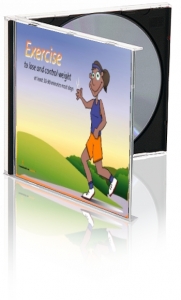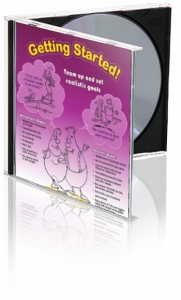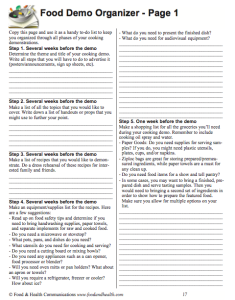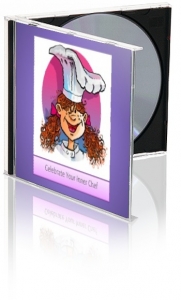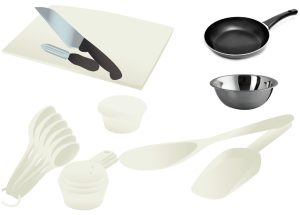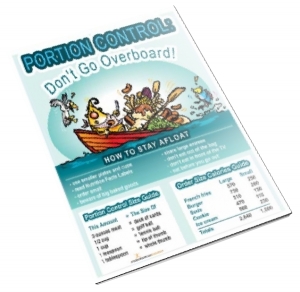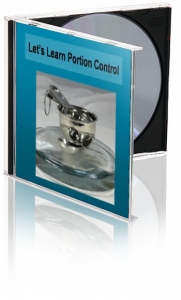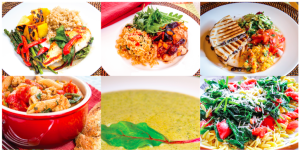 Motivation readily waxes and wanes. It’s both common and normal. We can help our clients by teaching them to nurture their motivation as they pursue their health and fitness goals. Motivation is often at its highest in the beginning of an individual’s weight loss or health management plan. This is the perfect time to create a Motivation Kit.
Motivation readily waxes and wanes. It’s both common and normal. We can help our clients by teaching them to nurture their motivation as they pursue their health and fitness goals. Motivation is often at its highest in the beginning of an individual’s weight loss or health management plan. This is the perfect time to create a Motivation Kit.
Have your patients gather the things that remind them of the importance of their efforts. In a box or a notebook, they can collect photos, a list of reasons to lose weight or get healthier, magazine articles, motivational sayings – anything and everything that pumps them up. When they can’t remember why they need to keep up their efforts, it’s time to dig through that Motivation Kit. Showcasing a sample motivation kit and then helping participants build their own would make a great presentation or activity.
Here are Ideas for a Personal Motivation Kit:
- A magazine article about people in the National Weight Control Registry. You can find a sample in People magazine — look for the issue about losing half your body weight.
- A list of reasons to lose weight, including better blood glucose control, make family proud, maybe taking less medicine for diabetes, blood pressure, and cholesterol, etc.
- Wedding picture
- Photos of children/grandchildren
- Progress report including milestones like I can cross my legs, I sleep better, people tell me I look great, exercise is more fun, etc
- Motivational saying such as “We can do anything we want as long as we stick to it long enough” (Helen Keller)
- Lab reports
The above is not an actual kit, but a compilation of several. The key is that it must be personalized.
By Jill Weisenberger, MS, RD, CDE
Here is a template you can use: Motivation Kit Template
Looking for more great motivational resources? Check out the Nutrition Education Store!




